- Have any questions?
- +34 951 273 575
- info@allaboutandalucia.com
Fuengirola: The quintessential holiday experience!

Fuengirola’s cool port of call
June 25, 2015
Flying without wings above Fuengirola
June 27, 2015GROWING up, a holiday was a simple concept; sun, sea, sand and infinite flavours of ice cream.
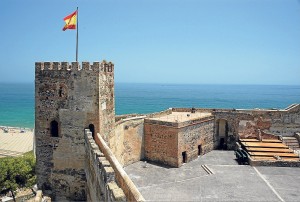
ICON: Sohail castle
Days were spent swimming and tanning on the beach, evenings were for feasting.
Fuengirola – or ‘Fuengi’, as expats have affectionately nicknamed it – epitomises that kind of holiday.
In the Costa del Sol’s largest resort, the sun shines gloriously, the deep blue sea is inviting, the sand is soft and golden and there are more ice cream flavours than you can shake a scoop at.
Let’s not beat around the bush, though. Fuengirola has been bypassed in favour of more glitzy Costa del Sol destinations during the last few decades; Marbella for one. But those who say it isn’t worth the visit are, plain and simply, wrong.
Fuengirola is the definitive nerve centre of the Costa del Sol, thriving with business and opportunity.
With its 1960s seafront high rises, the town may win no beauty contests (if you want whitewashed houses and pretty streets go to neighbouring Mijas Pueblo) but that’s not the point. Fuengirola is the place to go for that inimitable holiday buzz. And if you live there, the holiday never has to end.
Any tour of Fuengi should begin at its most recognisable landmark – the castle looming high on a hill at the western edge of town.
El Castillo Sohail, clearly visible on the bend of the A7 coast road, has had a varied history dating back to Moorish times.
After the Muslims left, the Christians took over and the castle again became the town’s fortress. Interestingly, it was home to French troops during the War of Independence at the beginning of the 19th century.
For many years afterwards, the iconic monument was abandoned and left to the pigeons, until 1989 when a major restoration project was launched.
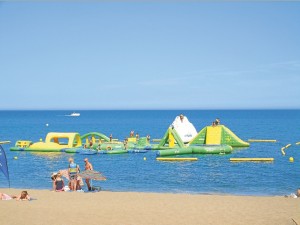
PLAY TIME: Floating assault course
Ever since, the fortress has not only been an aesthetic focal point but also a cultural centre, hosting open-air concerts and festivals throughout the summer.
The castle surroundings are worth exploring, with well-kept gardens, paths, Moorish walls and shady fir trees, while nearby parking makes it easily accessible.
From this vantage point, the town’s golden sandy beach can be seen, stretching for five miles east to the suburb of Torreblanca, near Benalmadena.
A walk along the prom is a delight for the senses, with the smell of barbecuing sardines and langoustines wafting on the breeze.
Like all the big Costa del Sol resorts, Fuengirola was once a small and sleepy fishing village; and by the smell of it, the locals haven’t lost their touch with seafood.
But it is the town’s proximity to Malaga and the airport (25km), and the handy coastal train line running in between, that helped the resort to become ‘the’ Costa del Sol destination for decades.
It’s also the reason many expats choose to live here, such as Wolverhampton-born Steph Smith, Manager of Yorkshire Linen in the Myramar shopping centre.
“Fuengirola has had a facelift recently, the pedestrianised centre has so much outdoor seating on smart, new paving with shady parasols that it reminds me of Madrid and Barcelona,” says Steph, who has lived in and loved the town for 17 years.
“While the seafront is lovely, my favourite part of town has to be Fish Alley. It’s got a wonderful atmosphere with hustle and bustle, great places to eat and drink, plus there are often street performers too.”
Fish Alley, as it is known, is one street back from the seafront and buzzing with life at night, is undoubtedly the place to go for dinner. Although be prepared to lose your bearings in the maze of pedestrianised streets and charming squares. 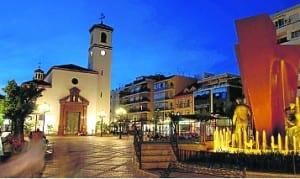
Cheap and cheerful or chic and classy, you’ll find all styles here – tapas bars and bodegas, fine-dining restaurants, chillout cafes and cuisine from around the world, with quirky boutiques, Chinese bazaars and, of course, ice cream parlours squeezed in between.
British expat Dianne Peel, leader of the Fuengirola Scout Group, says the town is the perfect place for her pack.
“We do so many different activities here with a really multi-national group,” says Dianne, a retired school-teacher.
“We use the beach as much as possible for various training activities and games, plus we host a big group barbecue there in November.”
This English-language group has been running for 15 years, welcoming boys and girls of all nationalities, taking them on camps into the countryside and on trips to various attractions.
Dianne adds: “I love Fuengirola as a town, it’s great for going out to eat and exploring the many little back streets.”
These back streets lead me to the port, a place normally full of adventure and Fuengirola’s is no different. Various water sports can be tried, like parasailing – flying through the air attached to the back of a boat – if you’re brave enough. I was – just about – and you can read all about my experience further on in this supplement!
If that seems a little too scary, you can get to grips with speed boats, jet skis or fishing.
Talking of sport, Fuengirola also suits keen golfers to a tee, with Mijas Golf’s two courses just a few kilometres from the town centre and many others close by.
There are some lively bars both in the port and in and off the main square, Plaza de la Constitucion, the town’s social hub.
When the sun goes down, locals and visitors come out to play big-style, with various bars and clubs playing great music long into the night.
In fact, the town’s tourism history goes way back to 1700 when an inn by the castle welcomed the first visitors.
It must have had its attractions then, as it did a century later when it became a battlefield during the Peninsula Wars of 1810, with British and Polish troops clashing over the right to occupy the strategically important town.
Modern tourism didn’t really begin until the 1960s, when foreigners started moving in permanently to what was still a fairly quiet, authentic Spanish town.
Over the years, Fuengirola has hosted its fair share of celebrities.
Princess Diana herself stayed no less than three times at the leafy Hotel Byblos in the hills above town, where she was famously photographed topless by paparazzi.
Antonio Banderas and Donald Pleasance are among the rich and famous who have enjoyed this grand dame of Spanish resorts over the decades, as well as former Liverpool and Real Madrid striker Michael Owen, who used to own a villa tucked up in the hills.
It’s fair to say that, despite its chequered history – there were times when tattooed yobs seriously harmed Fuengirola’s reputation – it has stood up valiantly to the test of time.
It has regenerated itself, with a thriving cultural scene, great dining and infinite opportunities for adventure.
Ice cream styles and brands may have changed over time but Fuengirola’s appeal as a fun holiday town will never lose its flavour.


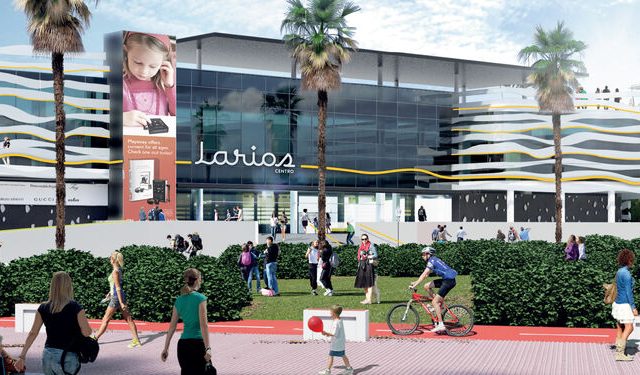
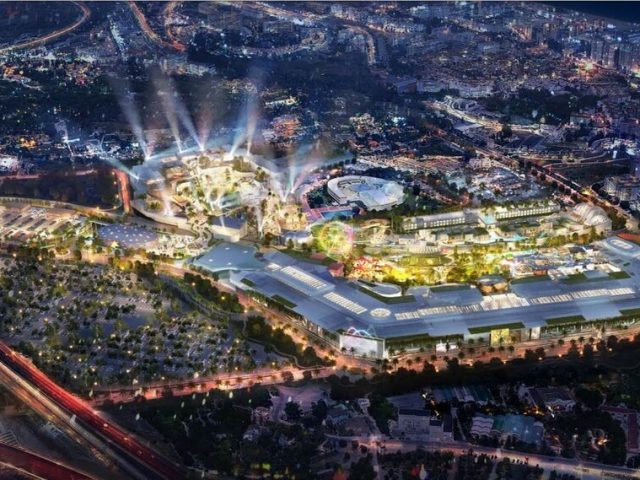
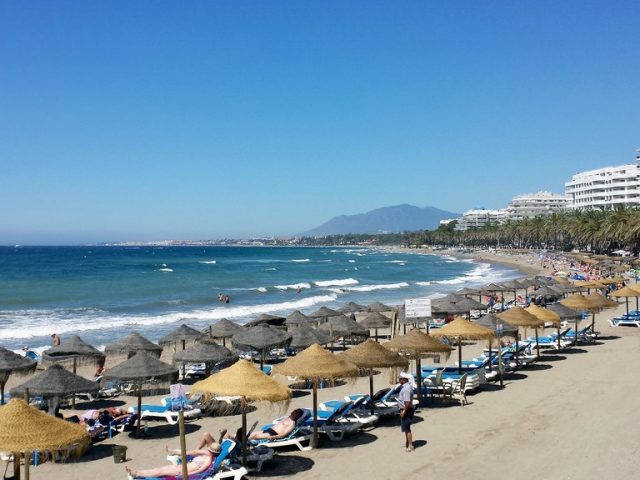
2 Comments
Golden sands? Hmmm…
You missed two important things in the history of the castle. The castle was built not only for military purposes but also for the sultan’s astrologer to observe the stars more clearly on the coast. Years ago ( I came in 1971) many logos of local businesses would have a design of the castle and the one star above it.
The other historical point is that the castle was where Franco’s army took all their local prisoners and murdered them there. I wondered why no Spaniards would go up there in the early 70’s. When I asked why they all shrugged their shoulders and said nothing. As soon as Franco died, my housekeeper told me many things that happened during the civil war in Fuengirola. In regard to the castle, this was her story: Many a night they would hear Franco’s trucks, loaded with prisoners, going up to the castle. Her neighbor heard her two sons, calling out to their mother from the truck lumbering by, ‘¡Adios Mamá. Te quiero!”. Minutes later they were all shot.
After I heard this, my family also did not go up there for many years. I am happy that it is now being used for something more positive!